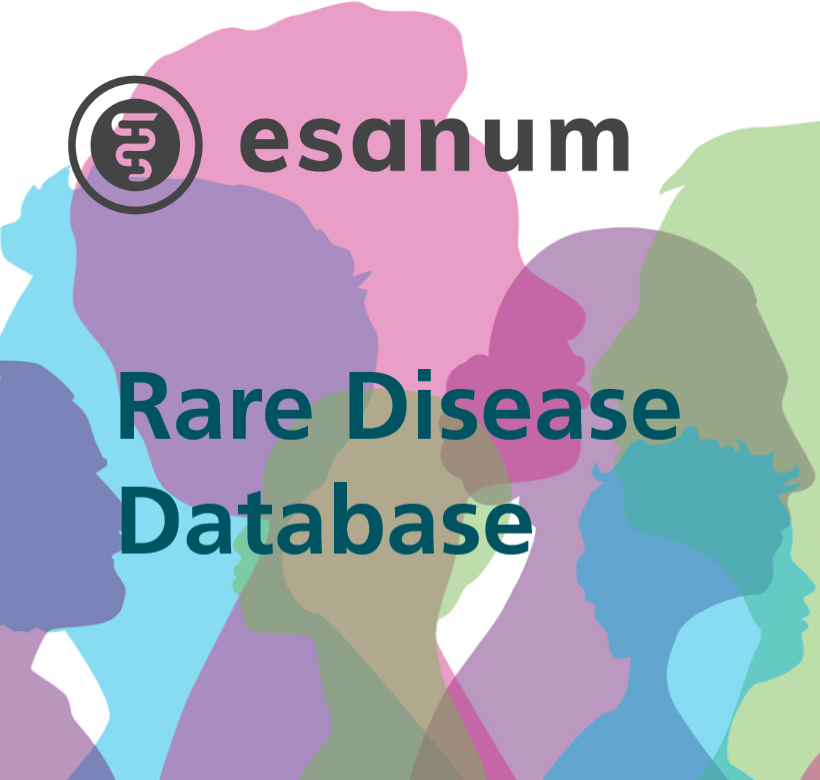- https://epha.org/gender-inequalities-and-discrimination-in-rare-diseases-a-double-threat-to-womens-health-and-wellbeing/
- https://www.webmd.com/men/what-is-vexas
- https://www.yorkshirepost.co.uk/education/how-leeds-university-discovered-a-rare-disease-affecting-only-men-has-mutated-3162931
- Krusche M. et al. (2022). Das VEXAS-Syndrom. Arthritis und Rheuma 2022; 42(04):247-250.
- Nidhi Shankar Kikkeri; Shivaraj Nagalli (2022). Turner Syndrome. StatPearls.
- https://www.nhs.uk/conditions/turner-syndrome/
- Lo, S.H., Lachmann, R., Williams, A. et al. Exploring the burden of X-linked hypophosphatemia: a European multi-country qualitative study. Qual Life Res 29, 1883–1893 (2020).
- Whyte MP. et al. (1996). X-linked hypophosphatemia: a search for gender, race, anticipation, or parent of origin effects on disease expression in children. J Clin Endocrinol Metab. 1996 Nov;81(11):4075-80.
- https://www.xlhlink.com/hcp/diagnostic-process/
- https://rarediseases.org/rare-diseases/swyer-syndrome/
- Meyer KF. et al. (2019). The XY female and SWYER syndrome. Urol Case Rep. 2019 Jun 7;26:100939.
Rare diseases and the issue of biological sex
A person's biological sex sometimes influences how pronounced a rare disease is. We present some indications and how they differ between the sexes.
The "diagnosis odyssey" affects women more than men
Gender and sex-specific discrimination already begins in the diagnosis process. This is often complex and lengthy anyway. Women tend to be diagnosed later than men. One reason for this could be delayed referral of women to specialists and hospitals. A report by the Alliance Maladies Rare confirms this. According to the report, men are treated before the diagnosis is confirmed. Women with the same symptoms, on the other hand, receive their treatment only after the diagnosis has been confirmed.
EURORDIS (Rare Disease Europe) recently conducted a Europe-wide survey on this issue. It came to the following conclusion: The sex-specific discrepancies on the way to diagnosis had a negative influence on the health of the affected women. Delayed diagnosis also resulted in delayed treatment and care. In many cases, this led to rapid progression of the disease and a reduction in quality of life. In addition, the patients' socio-economic status and mental health were affected.1
Sex diferences in rare diseases
VEXAS syndrome
In 2020, a new rare disease was discovered at the University of Leeds that mainly affects the male population: the VEXAS syndrome. The acronym VEXAS stands for "Vacuoles, E1 enzyme, X-linked, Autoinflammatory, Somatic". This is an autoimmune disease that mostly affects males over 50. The sex-specific difference in this disease lies in the genetics: a genetic mutation on the X chromosome - more precisely, a somatic mutation of the UBA1 gene - causes VEXAS syndrome. The UBA1 gene codes for the E1 enzyme. As a result of the gene mutation, there is a defective ubiquitination of proteins by the E1 enzyme. The result is an overregulation of proinflammatory cytokines. Cytoplasmic vacuoles in the bone marrow are characteristic of VEXAS syndrome. The symptom complex is composed of rheumatological, haematological and also dermatological clinical pictures.2-4
Turner syndrome
Turner syndrome (TS) is a rare genetic disorder that only occurs in the female sex. Females affected by TS have only 1 normal X sex chromosome instead of 2. The X chromosome may be only partially or completely absent. The clinical manifestations and complications of TS therefore vary. About 50% of affected females have monosomy X (45,XO). The other 50% have a chromosomal mosaic component (45,X with mosaicism). TS symptoms include short stature, heart defects, kidney problems, lack of puberty, infertility, osteoporosis, frequent otitis and even hearing loss, and slightly broken blood vessels.5,6
X-linked hypophosphatemia (XLH)
XLH is a life-long progressive disease and is caused by a defect in the PHEX gene. The result is an excessive concentration of circulating FGF23. This leads to hypophosphataemia and impaired mineralisation of bones and teeth. This rare disease, which already occurs in childhood, manifests as vitamin D-resistant rickets with crooked legs, further skeletal deformities and microsomia.7
As early as 1996, a scientific article identified X-linked hypophosphatemia (XLH) as a sex-linked dominant disorder. At that time, it was assumed that the female - as opposed to the male - sex was affected by the disease to a lesser extent. At that time, a total of 116 paediatric patients were examined for biological sex differences in XLH. At the time, the research team could not find any evidence of genetic heterogeneity or of the effects of gender, race, anticipation or parental origin on XLH expression in children.8
The situation is different when it comes to the inheritance of XLH. Here, biological sex does play a role. When XLH is inherited from an affected parent, there are very clear sex-specific differences. If the father is affected by XLH, all of his daughters will get the disease, but none of his sons. If, on the other hand, the mother is affected with XLH, each child has a 50% chance of getting XLH. In this case, the XLH risk is independent of the child's biological sex.9
Swyer syndrome
Swyer syndrome, also known as XY gonadal dysgenesis, is a rare disorder classified as a disorder of sex development (DSD). It is a pure gonadal dysgenesis. Individuals with Swyer syndrome have an XY chromosome instead of an XX chromosome: they have a female phenotype and female external sex organs as well as a karyotype of 46 XY and "streak" (also referred to as underdeveloped or dysgenetic) gonads. Streak gonads are fibrous strands without hormone production. Due to a high potential for malignancy, streak gonads must be surgically removed.10,11
References:
Rare Disease Day
